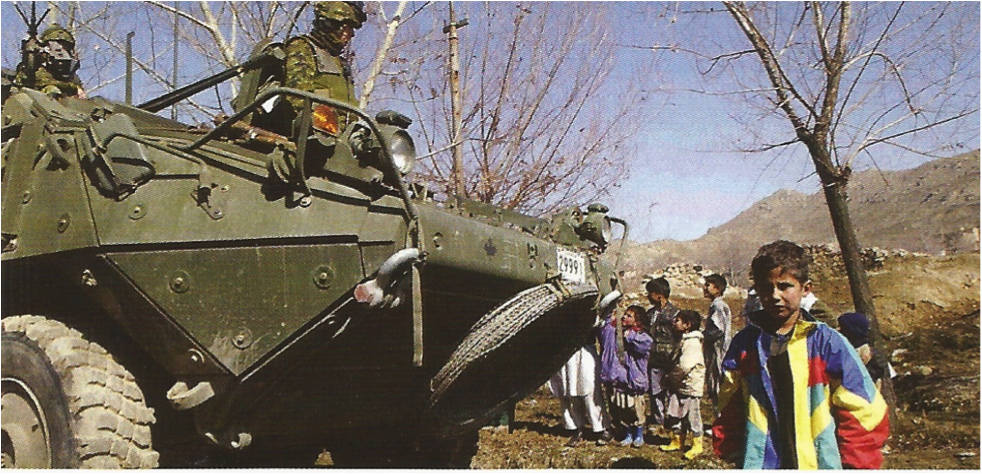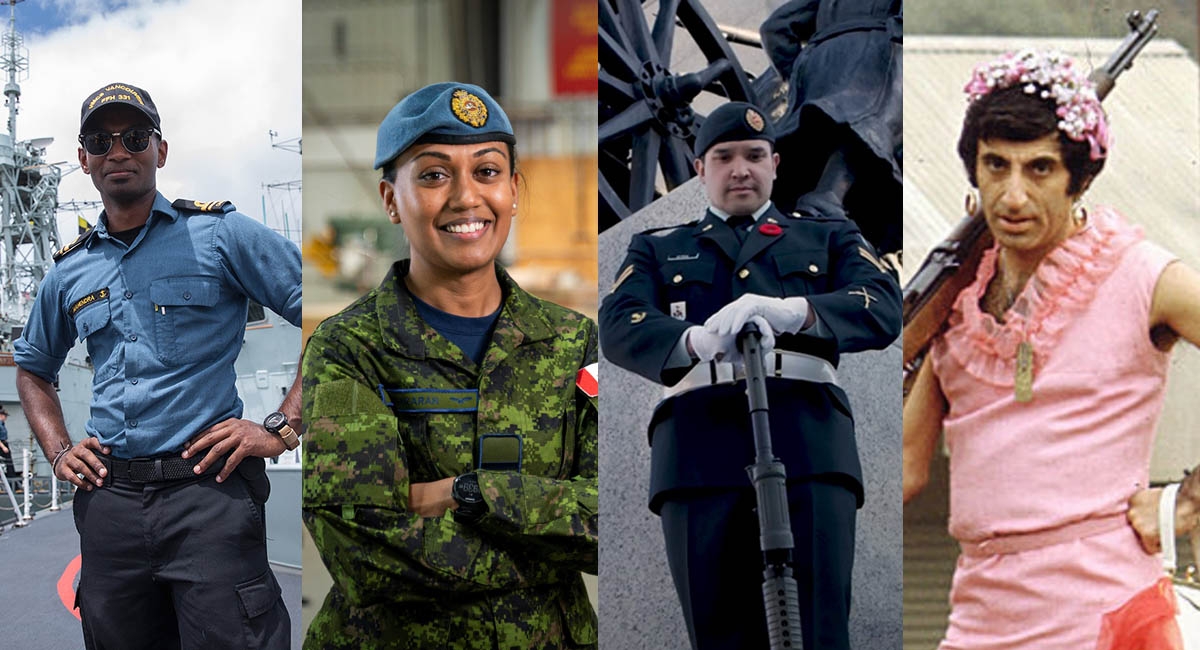
We dare to compare search and rescue aircraft for DND
By Dale Hovdebo
Canada has one of the world's largest landmasses and, fronting on three oceans, one of its longest coastlines. This nation is not only responsible for monitoring a vast maritime area, but must maintain a large enough presence in the Arctic to support our claim to sovereignty. Search and rescue operations are therefore an enormous responsibility. We are also dealing with incredibly varied terrain and climate. The punishing cold of the Arctic and the large stretches of uninhabited land are a challenge for even the toughest aircraft. In the 2004 Federal Budget, the Government of Canada announced it would spend $1.3 billion for 12 to 15 new search and rescue aircraft. Ottawa Life decided to do its own comparison and predict the likely winner of the competition.
The Department of National Defence will soon release the requirements that will have to be met. Competition for the contract can then begin in earnest. The evaluation will likely be based on a combination of capabilities and price; until the statement of requirements is released, it is difficult to say which airplane will be cheaper.
The two contenders are the C-27J Spartan and the C-295 Persuader. The C-27J Spartan is jointly designed and manufactured by Alenia Aeronautica and Lockheed Martin. The C-295 is manufactured by the European Aeronautic Defence and Space Company (EADS).
We set out to compare the two planes and how well they meet Canada's search and rescue needs.
The most important features of this type of plane are speed, range, maneuverability and visibility. The aircraft's cabin area is also an important consideration.
The C-295 has a maximum speed of 475 km per hour. The C-27J Spartan has Rolls-Royce engines that produce a maximum speed of 600 km per hour. The Spartan is clearly the winner in this category.
Range is a vital consideration when choosing search and rescue aircraft. It is crucial that a plane be able to remain airborne for as long as possible during search and rescue missions, especially in the North. The approximate weight of personnel and equipment required for search and rescue missions is 5,000 kg. Carrying that load, the C-295 has a range of 3,047 km, while the C-27J has a range of 4,343 km. Again, advantage Spartan.
A search and rescue plane must be maneuverable enough to deal with tight turns, quick climbs and sudden dives during a mission, especially in mountainous terrain. The plane must also be capable of flying low and slow while conducting searches. The C-295 ranks well on low flying. The Spartan can climb and dive 10,000 feet in three minutes or less and is also very responsive at slow speeds and low altitudes. We'll have to call this one a tie: both planes are quite maneuverable.
Visibility is one of the most important features of Canada's potential search and rescue planes. Pretty simple concept here: the better they can see, the better they can search.There are seven windows in the C-295 cockpit, compared with 16 in the Spartan cockpit. Spartan has a visible advantage here.
A larger cabin area means that more equipment can be loaded on board and personnel can move around the aircraft more efficiently.The Spartan has a larger cabin height and cross-section than the C-295, which handles a maximum load of 9,000 kg. The maximum load for the C-27J is 11,500 kg. Thus the Spartan has the space and power to carry a much larger load.
After reviewing both aircraft, it seems clear that the federal government's $1.3 billion would be better spent on the C-27J Spartan. With the great distances and varied terrain that search and rescue planes must cover, the Spartan is obviously the best choice.










